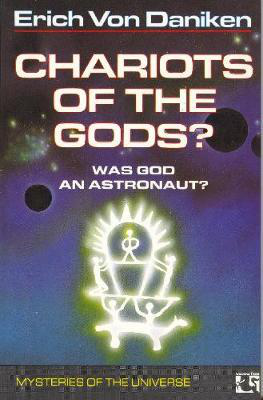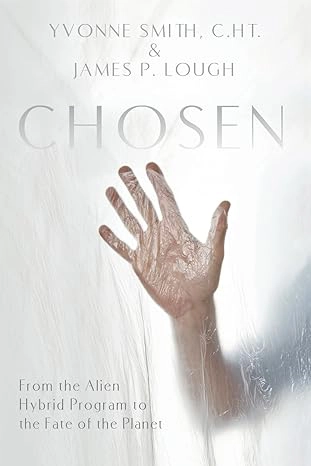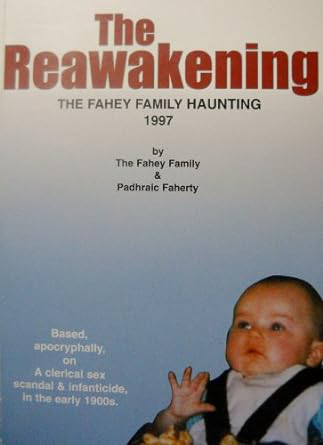Halloween Origins - All Hallows Eve - All Saints Day
Ghost/Paranormal
Thursday 30th, September 2021
4 minute read.
The celebration of Halloween incorporates a mixture of cultural, religious and occult traditions going far back into history.
It all started with the Celtic festival of Samhain which was celebrated on the 31st of October to mark the end of the harvest season. The night of the 31st also marked the Cetlic new year and was considered a time between the year just gone and the new year starting, it was believed that on this night that the worlds of the living and the dead were at their closet and the dead could walk the earth.
Due to the belief of the dead being able to walk the earth on this night of Samhain, large fires were built and lit to try and drive the spirits back to the spirit world and away from the living.
As the catholic church was growing its reach and influence in Europe it didn't like the pagan rituals. So in the 7th century the Vatican merged Samhain with a church approved day, so the 1st of November became known as All Saints Day, this church approved date was to honour martyrs and the faithful that have passed.
Originally 'All Saint Day' was known as 'Hallowmas' which roughly translates as 'Mass of the Saints', and with the night before October the 31st was known as 'All Hallows Eve' which over time became Halloween.
As a lot of Irish immigrants arrived in the United States of America they brought with them some of the holiday traditions like bobbing for apples and playing tricks on neighbours, the kids would wear masks while carrying out the tricks so as to not be identified. But in the 1930's the tricks started to become more than fun and ended up in vandalism. To stop this, store owners offered bribes of sweets to the kids to stop them damaging their stores and the kids were encouraged to go house to house for treats instead of causing trouble. This is where trick or treat was born and is continued to this day.
Another part of halloween that was influenced by America was the jack-o-lantern, as originally these were faces carved into large turnips and potatoes but as halloween started to root in American culture where Pumpkins were in easy supply it was found much easier to carve into a pumpkin and this tradition has travelled back to Ireland since.
The jack-o-lantern comes from an Irish folktale about a man named Stingy Jack. The story goes that a man nicknamed "Stingy Jack" invited the devil to have a drink with him and Stingy Jack didn't want to pay for his drink, so he convinced the devil to turn himself into a coin so that Jack could pay for his drink. As soon as the devil did this Jack decided to keep the coin and put it into his pocket beside a silver cross which stopped the devil from changing back to his original form.
Eventually Jack freed the devil with the conditions that the devil would not bother Jack for one year and that if Jack was to die that the devil would not claim his soul.
The next year Jack again tricked the devil into climbing a tree to pick a piece of fruit but while up in the tree Jack carved a sign of the cross into the tree's trunk which stopped the devil from coming down from the tree. Jack persuaded the devil to agree to not bother him for another ten years and he would let him down from the tree.
As the story goes, Jack passed away shortly after the incident in the tree and as it turns out, God did not want Jack in heaven due to the things he had done and the devil was upset with being tricked on more than one occasion and didn't want Jack in Hell either. The Devil gave Jack a burning lump of coal and sent him to walk the earth for eternity, Jack carved out a pumpkin and placed the burning coal inside it and has been roaming the earth ever since.
In Irish folklore the ghostly figure of Stingy Jack was known as "Jack of the Lantern" which over time became "Jack O Lantern".
It all started with the Celtic festival of Samhain which was celebrated on the 31st of October to mark the end of the harvest season. The night of the 31st also marked the Cetlic new year and was considered a time between the year just gone and the new year starting, it was believed that on this night that the worlds of the living and the dead were at their closet and the dead could walk the earth.
Due to the belief of the dead being able to walk the earth on this night of Samhain, large fires were built and lit to try and drive the spirits back to the spirit world and away from the living.
As the catholic church was growing its reach and influence in Europe it didn't like the pagan rituals. So in the 7th century the Vatican merged Samhain with a church approved day, so the 1st of November became known as All Saints Day, this church approved date was to honour martyrs and the faithful that have passed.
Originally 'All Saint Day' was known as 'Hallowmas' which roughly translates as 'Mass of the Saints', and with the night before October the 31st was known as 'All Hallows Eve' which over time became Halloween.
As a lot of Irish immigrants arrived in the United States of America they brought with them some of the holiday traditions like bobbing for apples and playing tricks on neighbours, the kids would wear masks while carrying out the tricks so as to not be identified. But in the 1930's the tricks started to become more than fun and ended up in vandalism. To stop this, store owners offered bribes of sweets to the kids to stop them damaging their stores and the kids were encouraged to go house to house for treats instead of causing trouble. This is where trick or treat was born and is continued to this day.
Another part of halloween that was influenced by America was the jack-o-lantern, as originally these were faces carved into large turnips and potatoes but as halloween started to root in American culture where Pumpkins were in easy supply it was found much easier to carve into a pumpkin and this tradition has travelled back to Ireland since.
The jack-o-lantern comes from an Irish folktale about a man named Stingy Jack. The story goes that a man nicknamed "Stingy Jack" invited the devil to have a drink with him and Stingy Jack didn't want to pay for his drink, so he convinced the devil to turn himself into a coin so that Jack could pay for his drink. As soon as the devil did this Jack decided to keep the coin and put it into his pocket beside a silver cross which stopped the devil from changing back to his original form.
Eventually Jack freed the devil with the conditions that the devil would not bother Jack for one year and that if Jack was to die that the devil would not claim his soul.
The next year Jack again tricked the devil into climbing a tree to pick a piece of fruit but while up in the tree Jack carved a sign of the cross into the tree's trunk which stopped the devil from coming down from the tree. Jack persuaded the devil to agree to not bother him for another ten years and he would let him down from the tree.
As the story goes, Jack passed away shortly after the incident in the tree and as it turns out, God did not want Jack in heaven due to the things he had done and the devil was upset with being tricked on more than one occasion and didn't want Jack in Hell either. The Devil gave Jack a burning lump of coal and sent him to walk the earth for eternity, Jack carved out a pumpkin and placed the burning coal inside it and has been roaming the earth ever since.
In Irish folklore the ghostly figure of Stingy Jack was known as "Jack of the Lantern" which over time became "Jack O Lantern".



